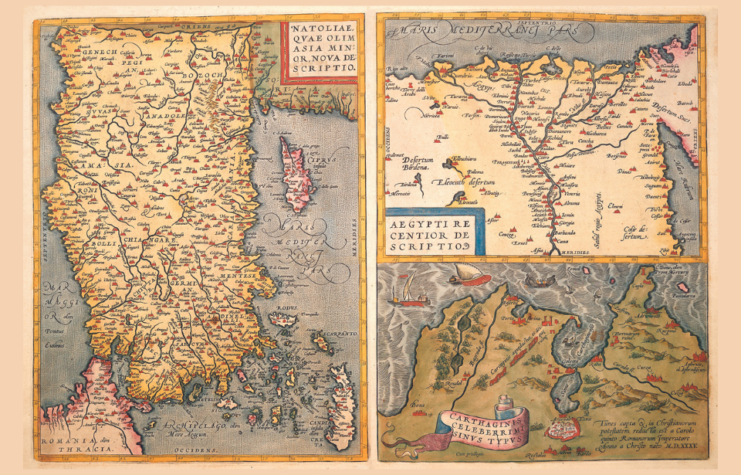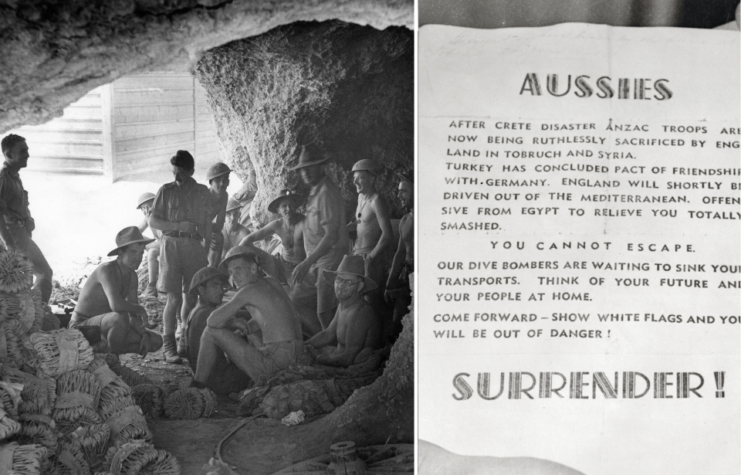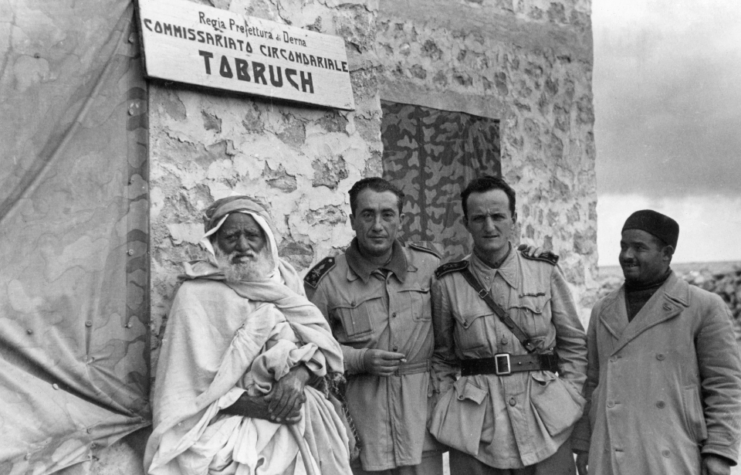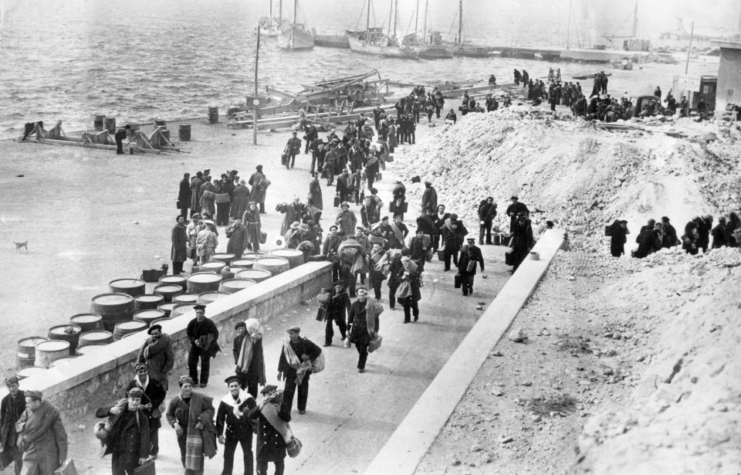As the only deepwater port in Eastern Libya, Tobruk was strategically important to all combatants involved in North Africa. Before British forces arrived in Tobruk, the previous Italian garrison had turned the port into a formidable fortress. A small mix of Allied forces including Australian, Polish, Indian, and British troops served to guard the port and stop it from falling into Axis hands.
Cut off from the bulk of Allied forces, the men in Tobruk were subject to a 240-day siege by Axis forces in 1941. Here are some interesting facts about the siege.
1. South African war hero Job Maseko was captured in Tobruk

Job Maseko is one of South Africa’s most famous war heroes. He was part of the Native Military Corps, a non-combative force of Black South African volunteers who would serve in jobs like laboring and stretcher bearing. Maseko was captured in 1942 after his commander surrendered his forces in Tobruk to the Germans. As a prisoner of war, Maseko continued as a laborer for the Germans, this time working on a dock loading and unloading ships.
Here, he made a makeshift bomb out of a gunpowder-filled tin and placed it next to some cans of fuel in the ship’s hold. The bomb went off, and the subsequent fires destroyed the ship. He escaped the Germans and walked for three weeks through the desert until reaching El Alamein. For this, Maseko received the Military Medal, but many believe that were it not for his race, he would have received the Victoria Cross.
2. Tobruk has been strategically important for thousands of years

The Ancient Greeks established a colony on the location of what is now Tobruk, known as Antipyrgos, meaning “across from Pyrgos,” which is a city on Crete. The Romans transformed the town into a fortress in the 6th century to guard the Cyrenaica region, and the Saracens added a fortress on the harbor’s north side centuries after.
The port continued to be an important location for hundreds of years until the 19th century, when it came onto the radar of European countries that had business in Africa. Tobruk’s strategic use comes from its natural qualities of a deep and wide harbor that can never be put out of action through bombing. It is also protected by cliffs inland that make an assault from through there difficult.
3. Lord Haw-Haw tried to break the Allied defenders but failed miserably

William Joyce, better known as Lord Haw-Haw, attempted to break the high morale amongst the besieged men of Tobruk with frequent radio broadcasts, calling the men the “poor rats of Tobruk.” Unfortunately for Rommel, who was laying siege to the port, these broadcasts had the unintended consequence of actually reinforcing the morale of Tobruk’s defenders. The men in the port took Haw-Haw’s verbal assaults as a badge of honor, and the men excitedly gathered for their nightly entertainment from the upper-class propaganda broadcaster.
One of the Allied defenders said the “Lord Haw-Haw broadcast was another bright interlude in each Tobruk day. He never failed to cheer us. Though we were often interrupted by air raids, any wireless receiver tuned in to him was sure of a big audience.”
4. Many Egyptians were ready to fight alongside the Axis to remove the British

When the Allied forces in Tobruk surrendered to Rommel in June of 1942, many local Egyptians erupted in joy for their liberator was nearing victory over the British. Aware of the local dislike of the British, the Germans made sure they helped light the fire of revolution with propaganda broadcasts. Many future high-profile Egyptian figures like Gamal Abdel Nasser and Anwar Sadat were ready for a revolution in Cairo.
Speaking about the situation, Sadat said, “Egypt had been patient. We had suffered insult and provocation, and now we prepared to fight side by side with the Axis to hasten England’s defeat.” The Egyptians were so keen to remove the British, they dispatched an aircraft to meet Rommel and offer their support in the fight against the British, but the Germans accidentally shot it down as they thought it was an RAF aircraft.
5. The Italians held Tobruk for decades…and lost it in just 29 hours

When the Second World War began, Libya was a colony of Italy, which snatched it from the Ottoman Empire in the Italo-Turkish War of 1911 to 1912.
New! Want to become a trivia master? Sign up for our War History Fact of the Day newsletter!
In Italian hands, Tobruk was reinforced into an impregnable fortress to guard the Cyrenaica region, as many had in the millennia before. The Allies launched an assault that reached the port’s defenses in January of 1941. To the surprise of both the Italians and the Germans, the Commonwealth troops breached the “impenetrable” fortress in only 29 hours.
